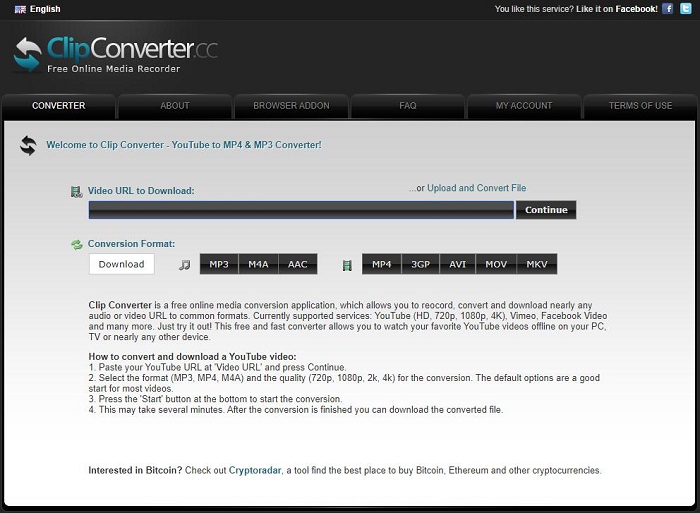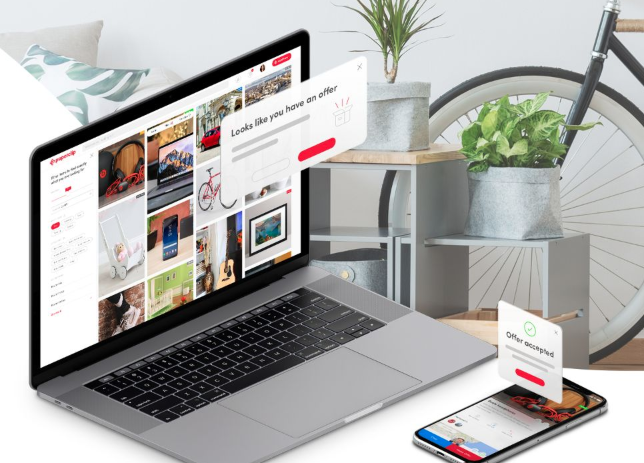
- Paperclip convert image format how to#
- Paperclip convert image format mac os#
- Paperclip convert image format download#
If the attachment is successful, you see the file(s) in your message.

In the e-mail, click the Attach icon containing a paper clip.Reply to an existing e-mail, or compose a new e-mail by clicking the Write icon in the top-left portion of the window.Once you're finished composing the message, click the Send button on the left side of the address window.
 If the attachment is successfully added, it is shown under the Subject line next to Attached in your message. Select a recent file, or click Browse This PC. Alternatively, you may click Insert at the top of the window and select Attach File. Click the Attach File icon in the top-middle portion of the screen (it looks like a paper clip). Reply to an existing e-mail, or compose a new e-mail by clicking the Message tab the top-left portion of the window. Input the address of the user that you want to send the message. Locate the image you want to send and select Choose File. When the new message appears, click the Attach a document to this message button (paper clip). In the top-right side of the screen, click the Compose new message button. Open the Apple Mail program on your desktop or laptop. In the bottom of the body of your message, click the icon. You may also reply to a message you have received previously. In the upper-left corner of the screen, click the button. When you've successfully attached your items, you see them at the top of the body of your message. After you select the files you want to send, click Attach as copies on the next screen. If you use an online file options (e.g., OneDrive), check the boxes next to the files you want to attach and then click at the bottom of the window. Near the top of the window on the left side, click the down arrow next to New and select Email message. Log in to your Microsoft e-mail account. When you've finished composing your message, click the button. When you've successfully attached your items, you see them at the bottom of the body of your message. Navigate to the location of the file(s) you want to attach, make your selections ( A), and then click Open ( B). When you're ready to insert an attachment into the body of your message, click the icon at the bottom of the message window. In the upper-left corner of the window, click the button to create a new e-mail message. You can drag-and-drop attachments into the body of an e-mail message. You may attach multiple pictures at the same time by holding down the Ctrl, and then clicking each file individually.
If the attachment is successfully added, it is shown under the Subject line next to Attached in your message. Select a recent file, or click Browse This PC. Alternatively, you may click Insert at the top of the window and select Attach File. Click the Attach File icon in the top-middle portion of the screen (it looks like a paper clip). Reply to an existing e-mail, or compose a new e-mail by clicking the Message tab the top-left portion of the window. Input the address of the user that you want to send the message. Locate the image you want to send and select Choose File. When the new message appears, click the Attach a document to this message button (paper clip). In the top-right side of the screen, click the Compose new message button. Open the Apple Mail program on your desktop or laptop. In the bottom of the body of your message, click the icon. You may also reply to a message you have received previously. In the upper-left corner of the screen, click the button. When you've successfully attached your items, you see them at the top of the body of your message. After you select the files you want to send, click Attach as copies on the next screen. If you use an online file options (e.g., OneDrive), check the boxes next to the files you want to attach and then click at the bottom of the window. Near the top of the window on the left side, click the down arrow next to New and select Email message. Log in to your Microsoft e-mail account. When you've finished composing your message, click the button. When you've successfully attached your items, you see them at the bottom of the body of your message. Navigate to the location of the file(s) you want to attach, make your selections ( A), and then click Open ( B). When you're ready to insert an attachment into the body of your message, click the icon at the bottom of the message window. In the upper-left corner of the window, click the button to create a new e-mail message. You can drag-and-drop attachments into the body of an e-mail message. You may attach multiple pictures at the same time by holding down the Ctrl, and then clicking each file individually. Not only does this cause longer download times, but it reduces the number of images you can send. Images often take up a considerable amount space. Consider using an image editor to reduce the size of images.
For more information, see our page on how to send big attachments.
To send a file larger than 25 MB, we suggest you post it using one of the services mentioned above as most Internet e-mail services have that as their limit. If you want to send a video through e-mail, it's a better idea to send a link to the video instead. If you have more than five pictures, we suggest you post them online and send a link to that site, or compress all the files into one file. It is common courtesy to send only one to five attachments in a single e-mail. To resize JPEG images use our Image Resizer tool.The following are important points to consider when sending any attachment through e-mail. JPG files open automatically on popular web browsers such as Chrome, Microsoft applications such as Microsoft Photos, and Mac OS applications such as Apple Preview.

To select a specific application to open the file, utilize right-click, and select "Open with" to make your selection. Simply double-clicking the JPG file will usually result in its opening in your default image viewer, image editor, or web browser. If you need even better compression, you can convert JPG to WebP, which is a newer and more compressible file format.Īlmost all image-viewer programs and applications recognize and can open JPG files. You can use our compress JPEG tool to reduce the file size by up to 80%! As such, the relatively small size of JPG files makes them excellent for transporting over the Internet and using on websites. The considerable compression that JPG offers is the reason for its wide use. JPG (Joint Photographic Experts Group), is a universal file format that utilizes an algorithm to compress photographs and graphics.







 0 kommentar(er)
0 kommentar(er)
